Why support Project Elpis?

We have a new idea for rapidly developing fusion energy.
The startup is open science and operates as a not-for-profit — a challenging combination for traditional investors, so we’re asking everyone for help.
A large number of modest donations is the fundraising goal, to share the burden.
Inspirations from The Crowd

Star Citizen. A video game that has crowdsourced over $800 million. This could cover all 12 years of Project Elpis.
Beyond All Reason. A free game from a visionary team of volunteers who are pushing the strategy genre forward, with computer servers maintained through donations from thousands of players.
Senator Bernie Sanders. His bid for President of the United States was financed by many small contributions from around the country.
Foldit. Before artificial intelligence won the 2024 Nobel Prize in Chemistry for protein folding, large groups of humans outperformed supercomputers.
Railroads. In the 1800s, crews with sledgehammers could lay over 15 km of track in a single day.
A Japanese commercial. Strength in solidarity.
How will the money be used?

Materials testing. A fusion reaction chamber is a difficult environment, and we will take advantage of recent progress in materials discovery and advanced manufacturing. Evaluation parts are typically around €/£/$1000 per order.
Student projects. Undergraduate and Masters programs are often funded internally by universities, but budgets for test samples and equipment are modest. Note that the largest fusion energy startup began as a student project and has raised $2 billion from private investors.
Travel. Networking is critical to startups.
Faboratory. Access to high-performance, moderate-cost scientific and makerspace equipment has improved dramatically over the last decade.
Big Ticket Items. These will mostly be covered by additional fundraising efforts, and include PhD students and post-docs, staff salaries, support services, lab space, advanced pulsed power systems, high-energy ultrafast lasers, flagship diagnostics, research-grade data acquisition hardware, and investments in strategic partners.
Why be not-for-profit instead of a regular startup?

Project Elpis aspires to operate as a focused research organization (FRO) to reduce administrative and bureaucratic overheads, maximizing efficiency and execution speed.
FROs are open science, the foundation of innovation.
Most generally, it is wise to try several approaches when civil society has a big challenge and is unsure how to meet it.
What other fundraising efforts are underway?

Grants. After 18 months of trying, it is clear that most philanthropic and government programs have strict predefined requirements, so presenting something new like an FRO-inspired business strategy or a novel fusion concept leads to prompt disqualification.
There are exceptions, such as the open policy at Yield Giving (MacKenzie Scott) and the DARPA (US), ARIA (UK), SPRIND (DE), and Pathfinder Open (EU) frontier technology programs. Applications are being prepared. Convergent Research and Brains are FRO accelerators.
Bootstrapping. Since FROs are challenging to fund, for-profit spin-off companies may be required to support the parent. Nexus Fusion is an example, launching in 2025. Stressful to progress two startups simultaneously, but it seems necessary.
Strategic partners. Established companies that can benefit from the technologies developed by Project Elpis have been approached.
Angel investors. Anyone with resources who would like to support high-risk, high-reward clean energy research. Many sincere thanks to Patricia for getting this ball rolling.
Transparency

A statement for the donation account will be issued every three months, complete with spend categories.
Buy Me A Coffee charges a 5% commission, which includes 2.5% for transaction charges.
Elpis Fusion is registered in Estonia as an OÜ, the local abbreviation for a private limited company (PLC).
Crowdsourcing for a business is considered income and is taxed at 20%.
We are committed to operating as a non-profit.
If the project is liquidated, all assets will be sold, debts settled, and the remainder donated to foundations addressing climate change.
Will the fusion machine work?

For cutting-edge technologies, people typically quote a 20-30% chance of success, which feels humble but doable.
In truth, it is impossible to know since we’re heading boldly into The Unknown.
It’s encouraging to start from two mature, high-performance devices: the dense plasma focus and ultrafast lasers. Also, supercomputers are increasingly super, which is a big help.
Put another way, the ingredients of the fusion concept look good, and Project Elpis is an attempt to find the recipe for electricity generation.
As a consolation if the energy mission fails, spin-off applications with social good will be developed along the way.
Major project milestones

Year 2: Laboratory established, €/£/$11 million. A large amount for the first round of funding, but it covers rapid growth, top-of-the-line hardware, and investments in strategic partners. A less ambitious start with higher risk is possible for half the amount.
Year 4: Proof of principle, €/£/$20-30 million. Experiments confirm laser enhancement of a DPF.
Year 7: Proof of concept, €/£/$75-100 million. A DPF pulses steadily for months, and a validated digital twin predicts that net energy generation is possible.
Year 12: Commercial energy, less than €/£/$1 billion. High-efficiency lasers are incorporated, and all required power plant systems come online. The technology is transferred to corporate partners.

